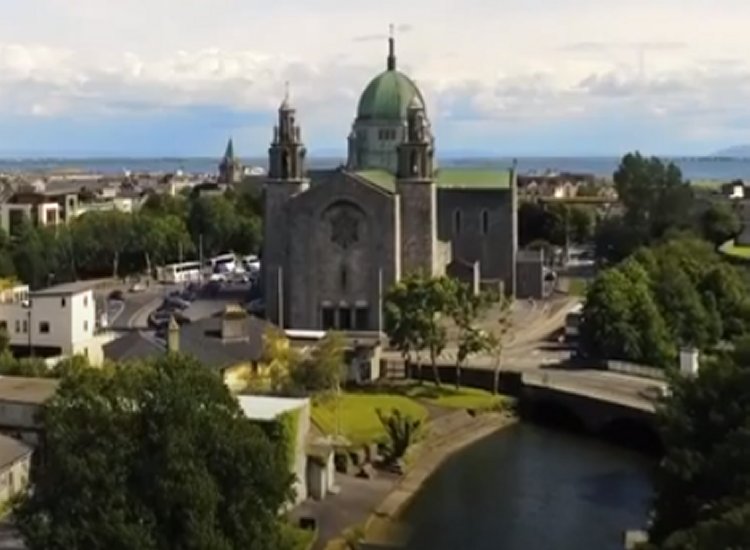

The towns of Mayo and Longford have emerged as having the most diverse populations in the Republic, according to Central Statistics Office (CSO) diversity and ethnicity data published on Thursday, reports The Irish Times.
The town of Ballyhaunis in County Mayo had the highest percentage of non-Irish residents, at 37%. According to data based on the 2022 census, about 5 percent of the city’s residents were Brazilian, 4 percent Poles, and 3 percent Croatian.
Ballymahon in Co. Longford, where exactly a third of the population was non-Irish, 10 percent of residents were Polish and 8 percent Brazilian. In Edgeworthstown – also in Co Longford – 31 per cent of the population was non-Irish, including 118 Latvians (5% of the city’s population), 109 Poles and 90 Lithuanians. The town of Gort in County Galway continues to boast one of the largest Brazilian communities in Ireland, accounting for 13 percent of the local population.
In April 2022, about 12 percent (632,000 people) of Ireland’s population of 5.15 million were non-Irish. Half of them are EU nationals and more than 83,000 are UK nationals, a 19 per cent drop from the 103,113 UK nationals living here in 2016.
The largest proportion of British citizens lived in Skibbereen in County Cork and the towns of Kenmare and Killorglin in County Kerry.
Among the cities, Dublin has the highest number of non-Irish citizens (21 per cent), followed by Galway city at 19 per cent. Polls are 28 per cent non-nationals in Carlow and 25 per cent in Laois, compared with just 6 per cent in Dún Laoghaire-Rathdown and Dublin, reports The Irish Times.
In April 2022, approximately 18,566 Ukrainian citizens took part in the census, although it should be noted that this took place just one month after the Russian invasion of Ukraine. Many of them indicated that Ireland was not their usual country of residence and were therefore not included in the overall citizenship data. To date, around 100,000 Ukrainians have come to Ireland seeking support and protection.
The number of Irish travellers living in the country increased by 6 per cent from 30,987 to 32,949. However, travellers still make up less than 1 percent of the population
Travellers were younger than the general population at 27 years, compared to the national average age of 39 years. Only 5 per cent of Irish travellers are aged 65 or over, compared to 15 per cent of the general population in this age group, reports The Irish Times.
Britons living in Ireland were generally older – the average age was 50, while Ukrainians were the youngest people living in the country – the average age was 25.
Since the 2016 census the number of people saying they have no religion has increased by 63 percent to 736,000, representing more than 14 percent of the population. About 69 percent of people identify as Catholic, down from 79 percent in 2016.
Census data also showed that 46 per cent of Irish households owned their own home compared to just 9 per cent of non-Irish households, reports The Irish Times.
Tell us your thoughts in the Facebook post and share this with your friends.


